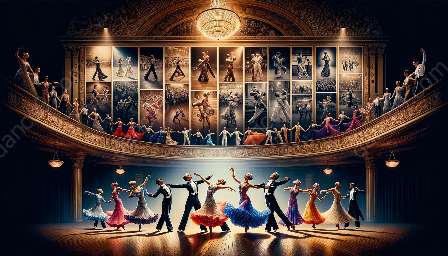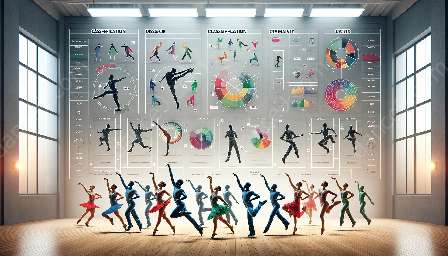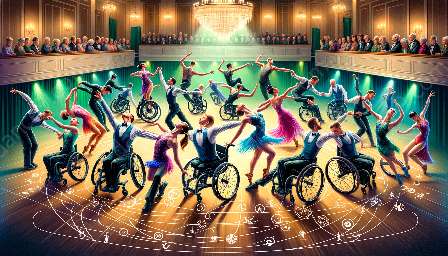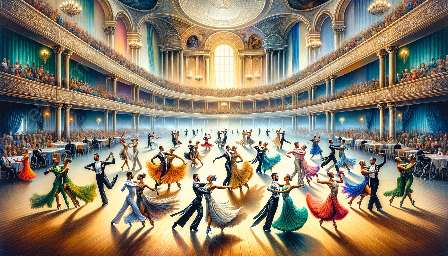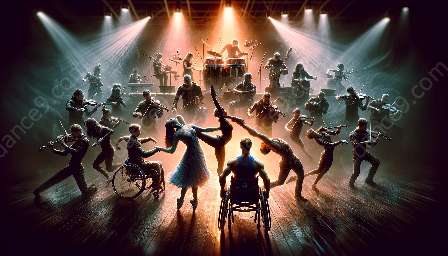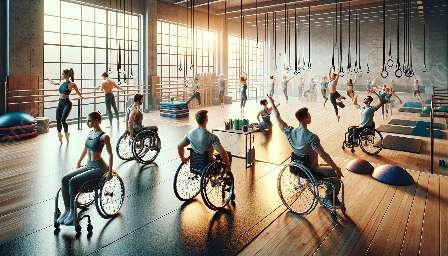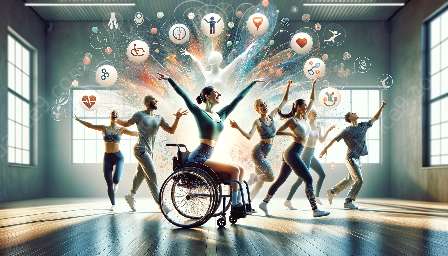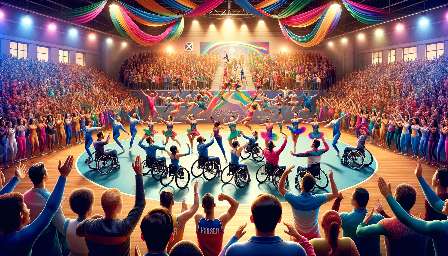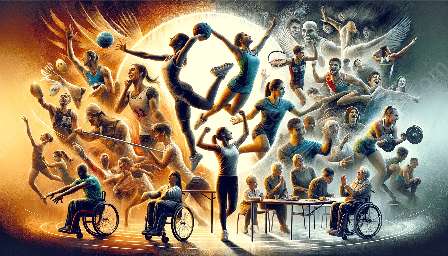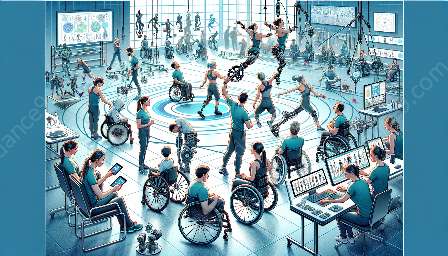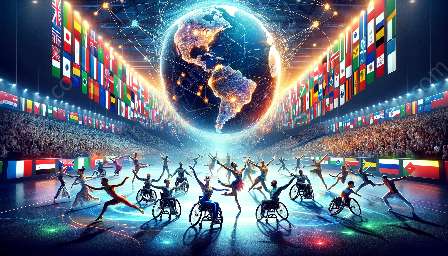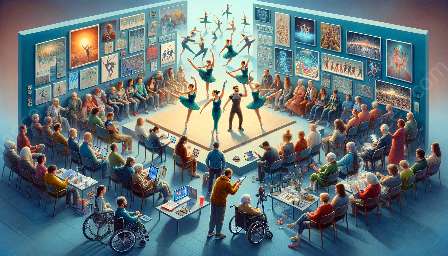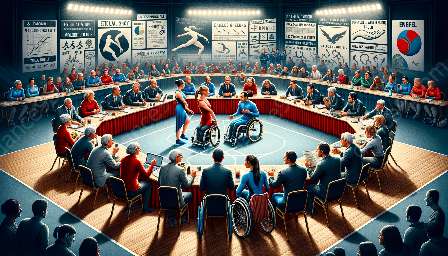Para dance sport, also known as wheelchair dance sport, requires a high level of strength and flexibility to perform challenging routines with precision and grace. Athletes in para dance sport must undergo specialized training and conditioning to prepare for competitions, including the World Para Dance Sport Championships. In this topic cluster, we'll explore the essential strength and flexibility exercises tailored for para dance sport athletes, their significance in training and conditioning, and their impact on performance at the highest level of competition.
Training and Conditioning for Para Dance Sport
Training and conditioning for para dance sport involves a holistic approach to ensure athletes are physically and mentally prepared for the demands of the sport. This includes developing strength, flexibility, endurance, and balance, as well as honing technical skills and artistry in dance routines. The goal of training and conditioning is to optimize performance and reduce the risk of injuries during practice and competition. It's essential to tailor training programs to address the specific needs of para dance sport athletes, considering their unique physical abilities and challenges.
Importance of Strength and Flexibility
Strength and flexibility are fundamental components of physical fitness for para dance sport athletes. These attributes enable athletes to execute intricate dance movements, maintain proper posture, and perform lifts and partner work with control and stability. Additionally, adequate strength helps athletes maneuver their wheelchairs with precision and power. Flexibility, on the other hand, contributes to fluidity and range of motion in dance patterns, enhancing the overall aesthetics of performances.
For para dance sport athletes, building and maintaining strength and flexibility are vital not only for competitive success but also for overall health and injury prevention. Specific exercises targeting these components play a crucial role in enhancing performance and minimizing the risk of musculoskeletal imbalances or strains.
Essential Strength Exercises
1. Upper Body Strength: Para dance sport athletes can benefit from exercises that target the upper body, including the shoulders, arms, chest, and back. These may include seated presses, shoulder raises, bicep curls, and rowing movements using resistance bands or free weights.
2. Core Strength: A strong core is essential for stability and control in para dance sport. Core exercises such as seated twists, abdominal curls, and plank variations are effective for developing core strength and endurance.
3. Lower Body and Hip Strength: While lower body mobility may vary for para dance sport athletes, strengthening exercises targeting the hips, glutes, and thighs can contribute to overall stability and movement efficiency.
Essential Flexibility Exercises
1. Stretching: Regular stretching routines can help improve flexibility and range of motion, particularly in areas such as the shoulders, back, hips, and legs. Dynamic stretching, static stretching, and proprioceptive neuromuscular facilitation (PNF) techniques can be incorporated into warm-ups and cool-downs.
2. Mobility Drills: Dynamic mobility exercises promote joint health and flexibility. Athletes can perform controlled movements and rotations to enhance mobility and functional range of motion, especially in the upper body and trunk.
Integration into Competition Preparation
Strength and flexibility exercises should be integrated into the overall competition preparation plan for para dance sport athletes. These exercises can be incorporated into regular training sessions, with a focus on periodization and progression to optimize physical performance leading up to major events such as the World Para Dance Sport Championships.
Conclusion
From specialized training and conditioning to the execution of strength and flexibility exercises, para dance sport athletes require comprehensive physical preparation to excel in their sport. By understanding the importance of these exercises and the specific needs of para dance sport athletes, coaches and practitioners can develop tailored programs that support athletic development and success at the highest level of competition.

